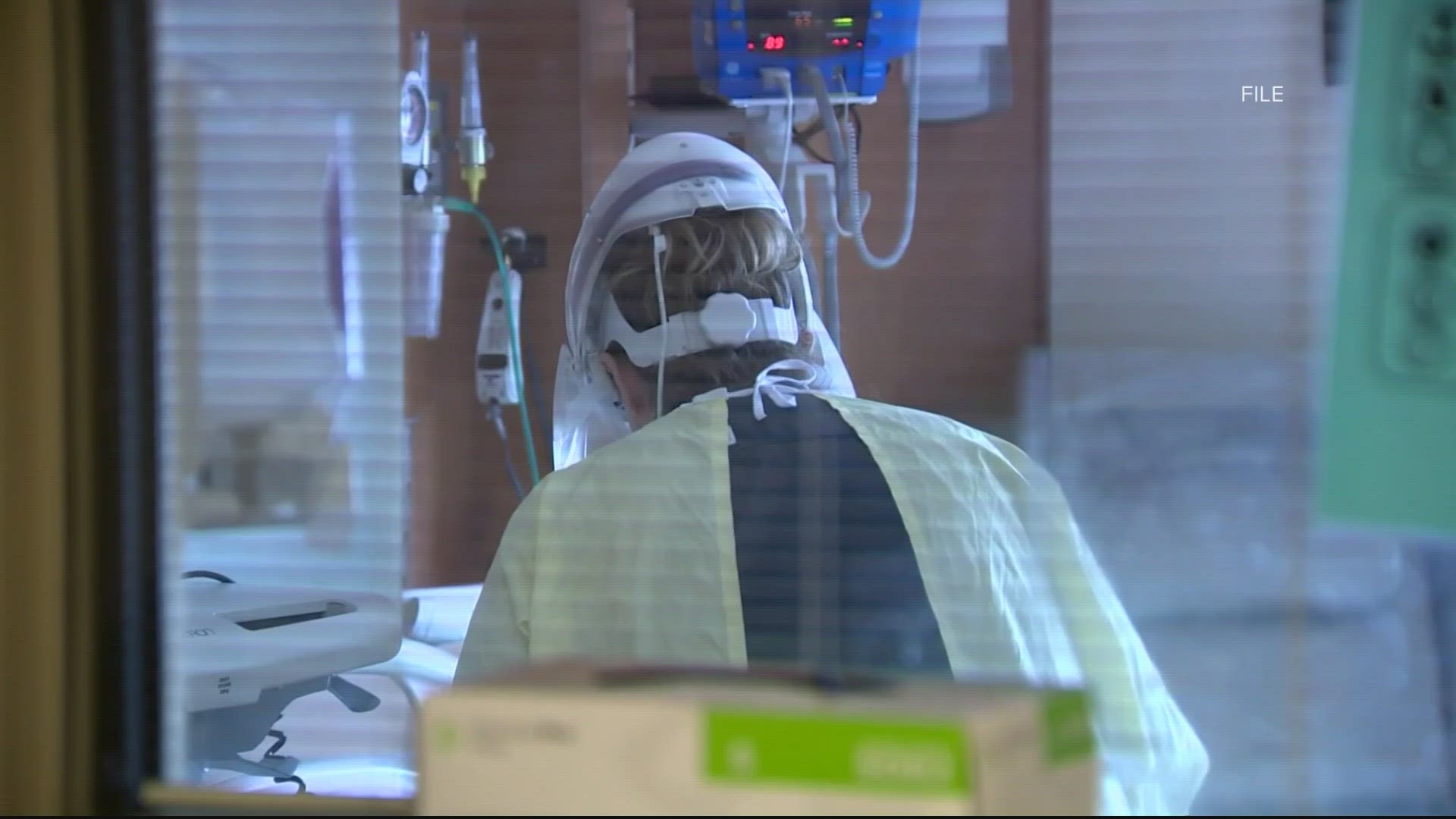PRINCE GEORGE'S COUNTY, Md. — A Prince George's County Council member recently introduced legislation aimed to creating a county-wide standard to address nurse-patient ratios.
Gail Kingman, a registered nurse with decades of bedside experience, says her daily reality at he University of Maryland Capital Region Medical Center in Largo, Maryland is having 33 patients to tend to, with only three nurses on the floor.
"Staff are like, they are really traumatized," Kingman, the administrative organizer for the 1199 SEIU labor union, said.
Kingman works closely with nurses at the hospital who say sometimes patients are waiting five to six hours before being seen, and nurses are overworked because they have too many patients and not enough resources.
“The ER should be one to four and they are sometimes doing a ratio of one to six, one to 10 patients," Kingman said. "You are basically barely meeting, you know, their immediate needs. These are people's lives that we are dealing with,” said Kingman.
Prince George’s County Council Vice Chairperson Wala Blegay introduced legislation that encourages the state of Maryland to implement a standard for nurse-patient ratios. The bill is based in part on a California law mandating how many patients a nurse can have at one time depending on their placement in the hospital.
"Seventy percent of the county residents leave the county to get their health care from D.C., Anne Arundel, Baltimore, Virginia, so we are we actually are in a dire need," Blegay said.
Under council resolution 013-2023, the Board of Health would complete an assessment at all health care facilities in Prince George’s County. Blegay said the council would take those numbers to the state , who has the authority to mandate ratios.
"We need to show the state where we are and how bad things are here," Blegay said. "Something that has to be done right now."
Unionized hospitals have what’s called staffing grids, where essentially the union says nurses on this unit should only have a certain amount of patients at a time. But because it’s not law, there’s no penalty when hospitals assign more.
“What happens when they give us ten patients? There is no recourse that we as workers have," Kingman said. "The hospital is not penalized."
Blegay says she’s been in talks with the county executive about ways to expand all health care facilities in the county – not just hospitals – in hopes that will relieve some nurses – because right now so many are leaving bedside to explore other opportunities because of the workload.
WUSA9 reached out to Capital Region Medical Center for comment. A spokesperson sent the following statement:
UM Capital Region Health applauds our nurses and all health care providers who continue to put patients first in a time of unprecedented healthcare staffing shortages. Our team members are our most valuable resource and we recognize and appreciate their hard work. We prioritize providing high-quality patient care in all aspects of operations. Schedules are written and reviewed within appropriate staffing guidelines, policies and procedures. Staffing needs are addressed daily to accommodate patient census.
Over the last two years, the University of Maryland Medical System has taken aggressive actions to address the local impact of a nationwide shortage of nurses and other clinical professionals, which have included retention and recruitment bonuses, community college recruitment and an apprenticeship program. Recently, we have seen modest improvements in our retention and recruitment efforts. As always, our commitment and focus remains steadfast on providing safe, quality and compassionate care.

